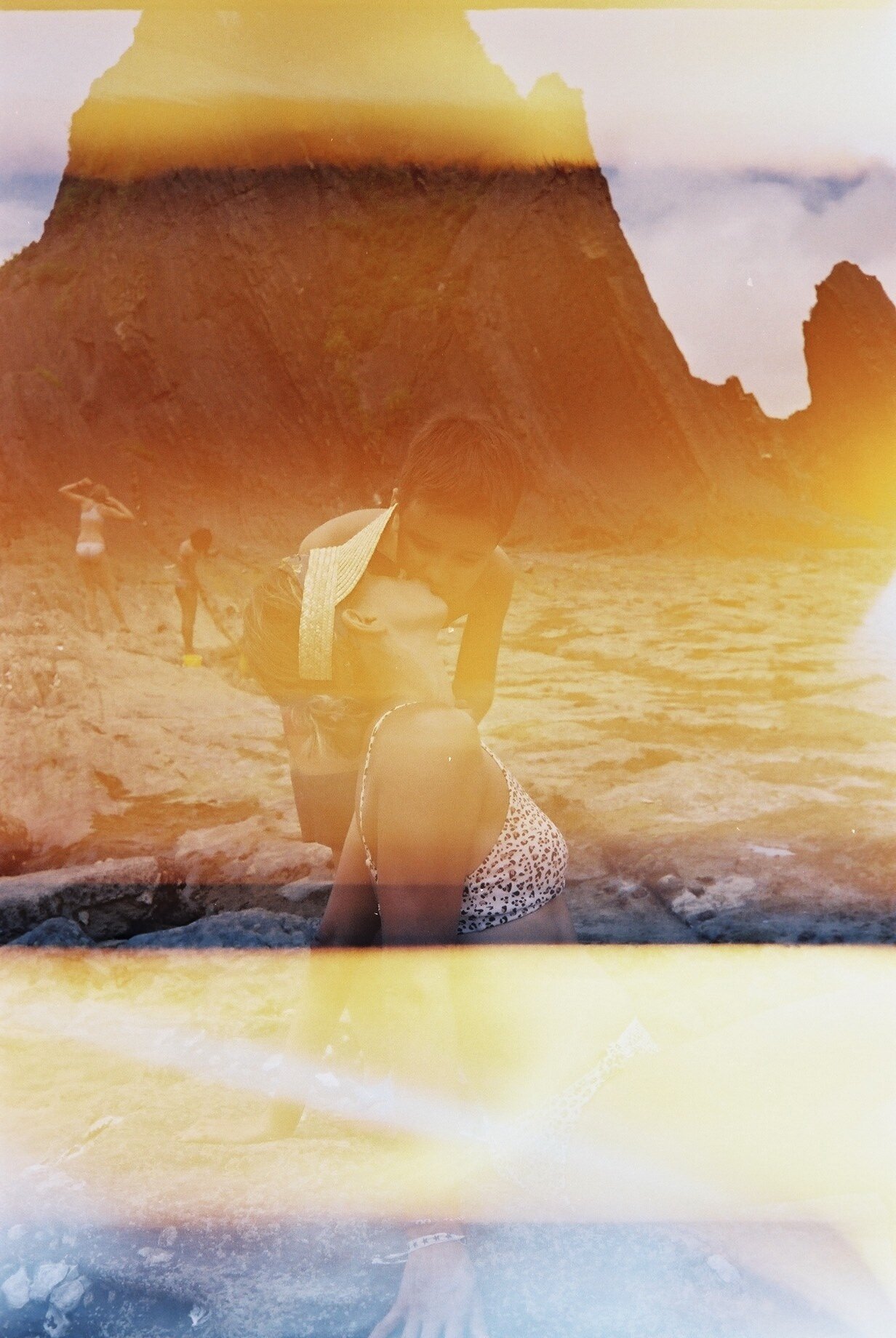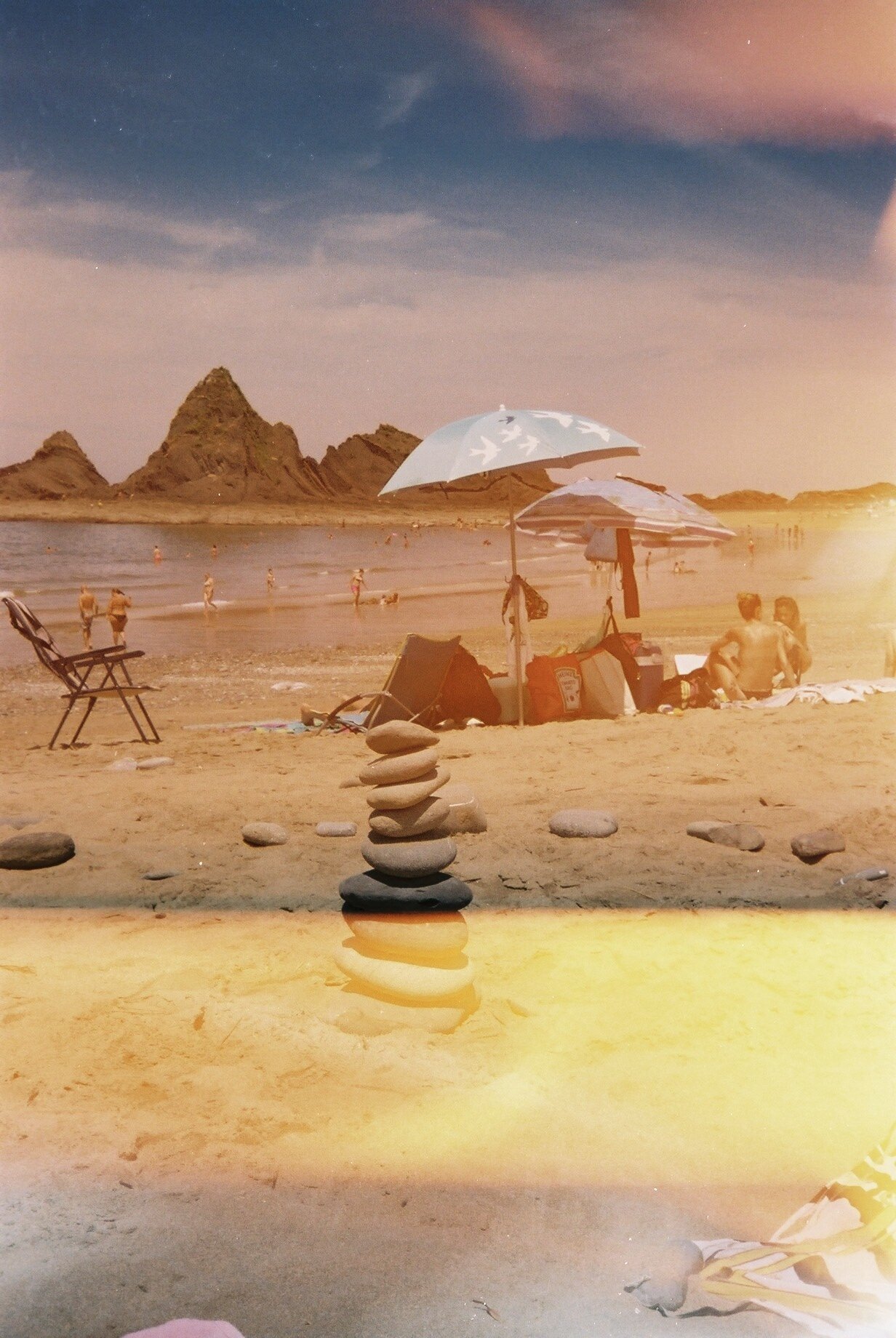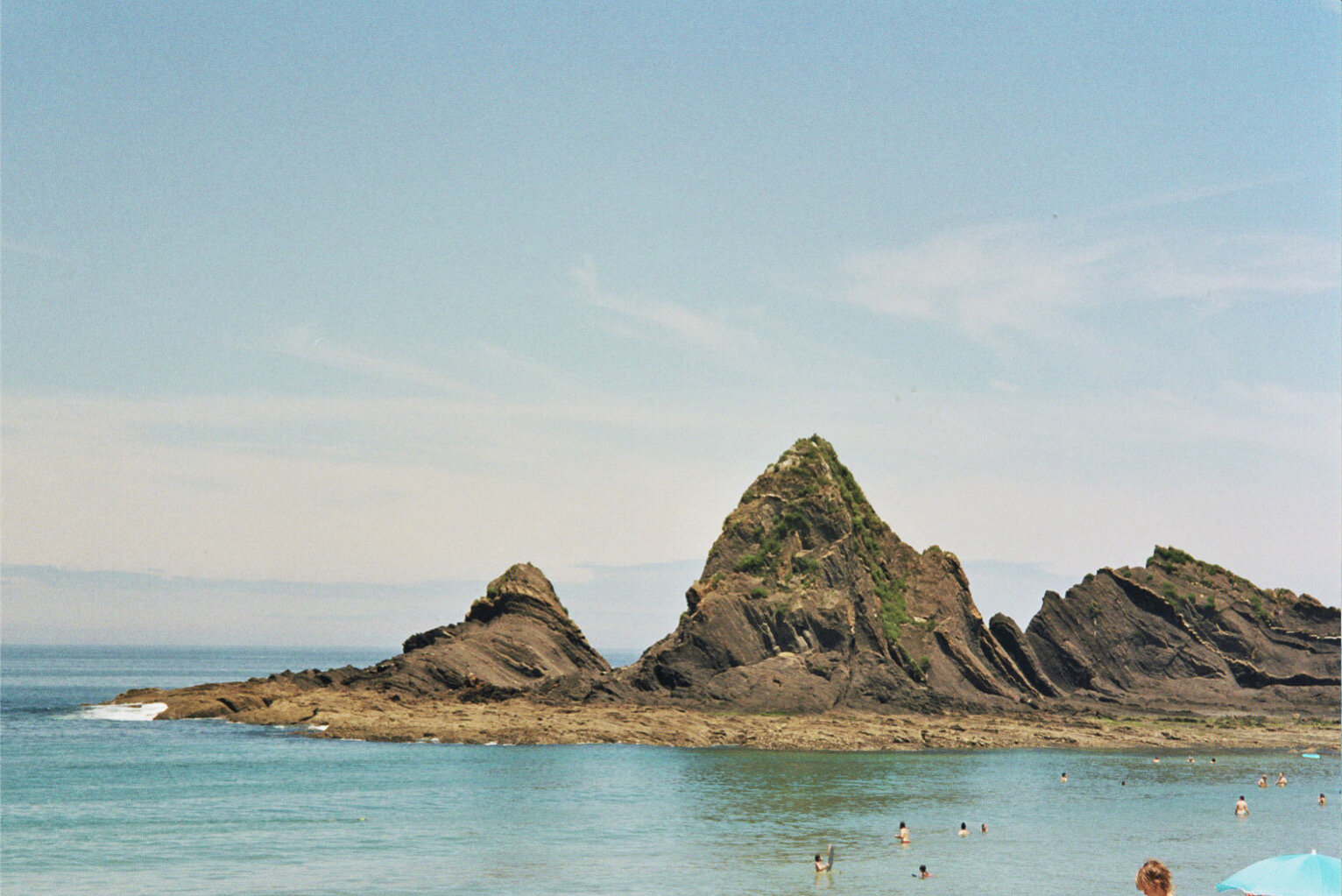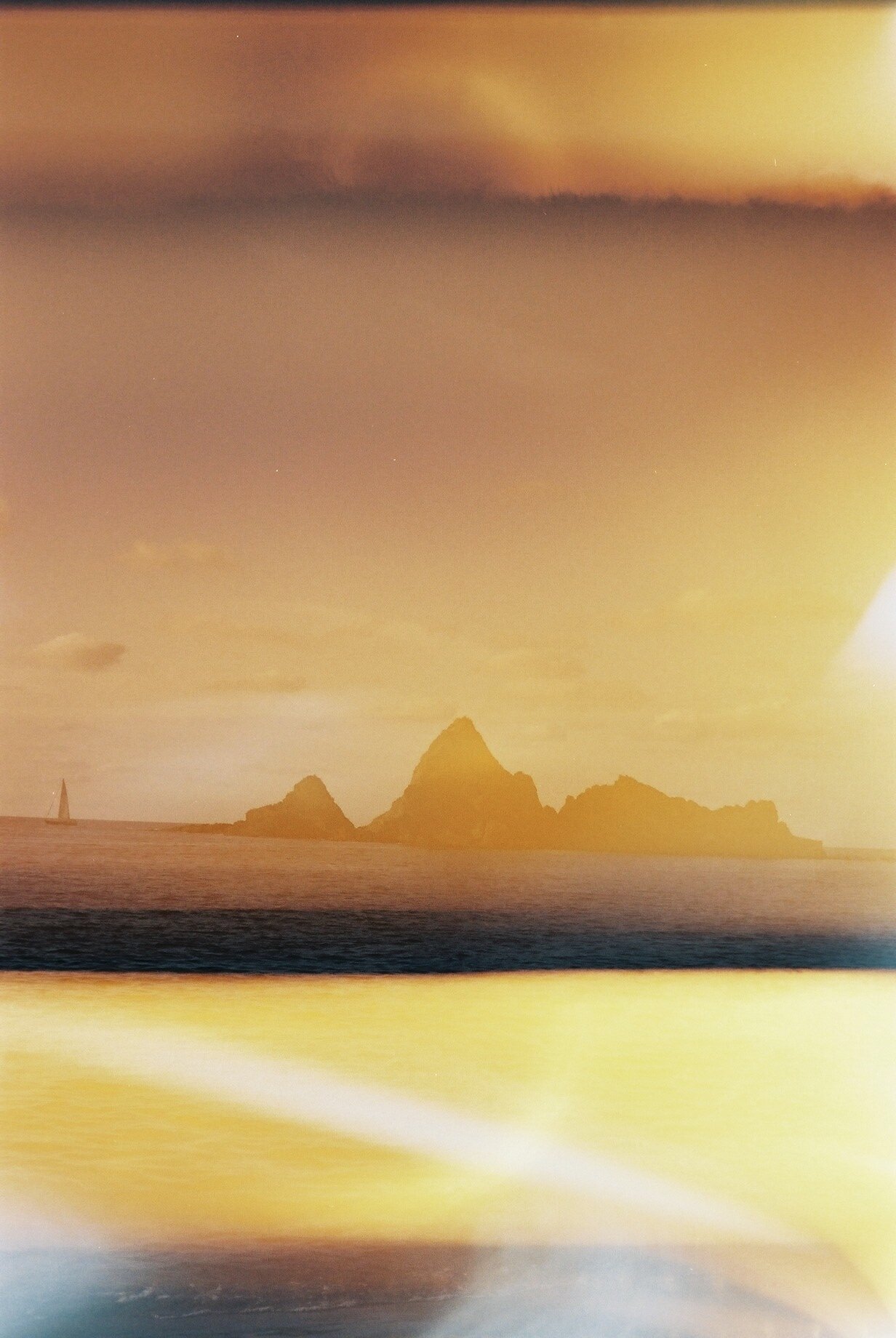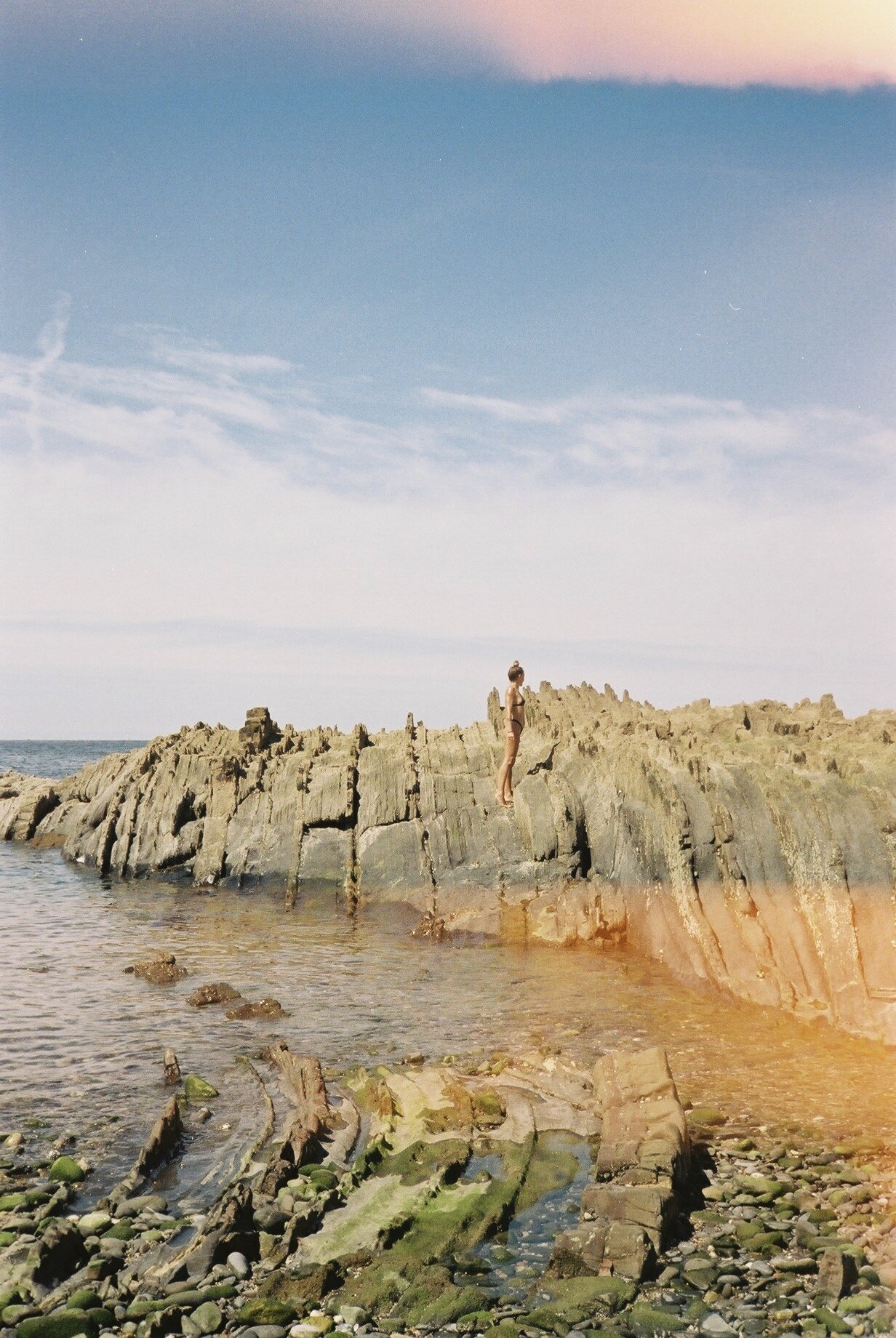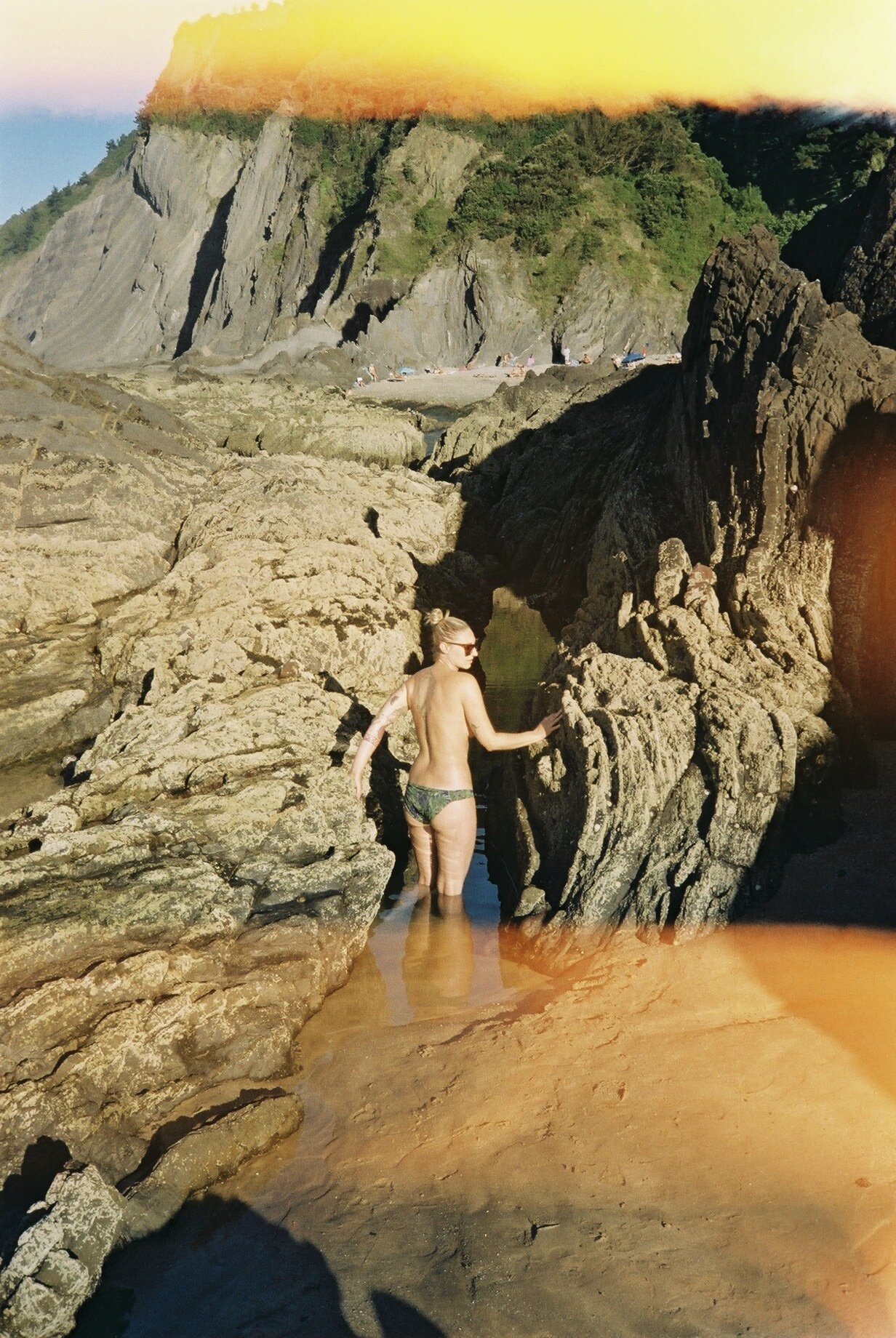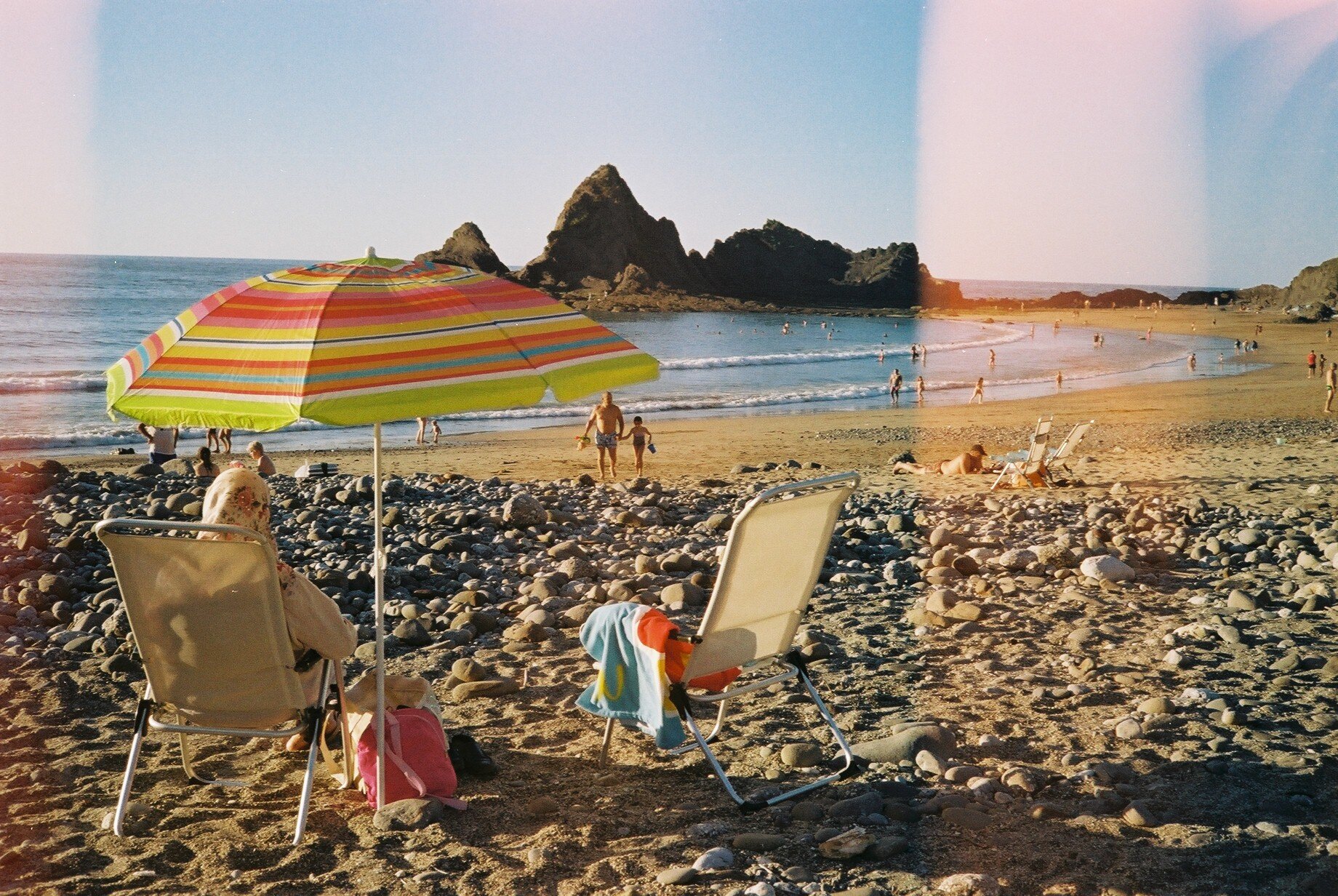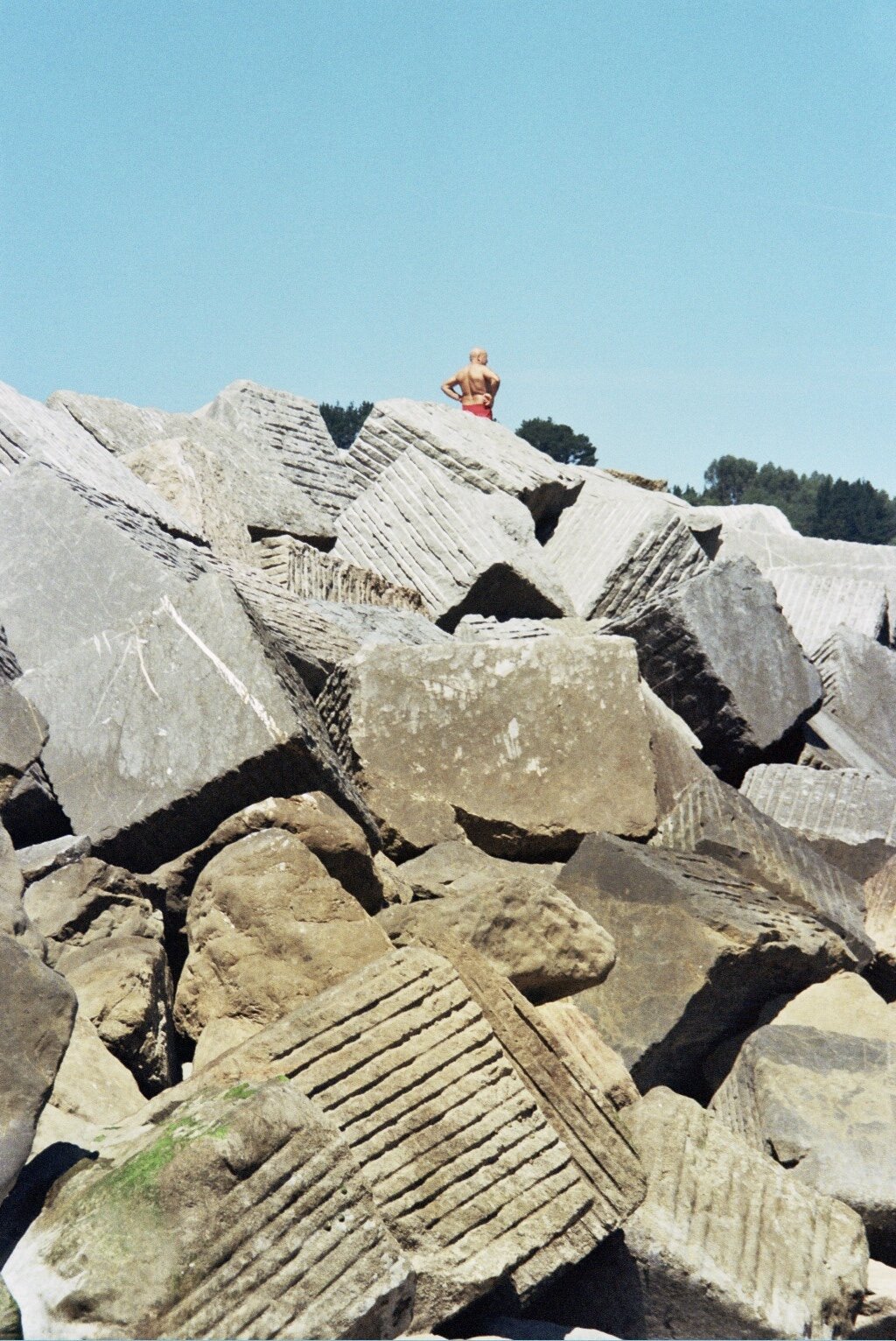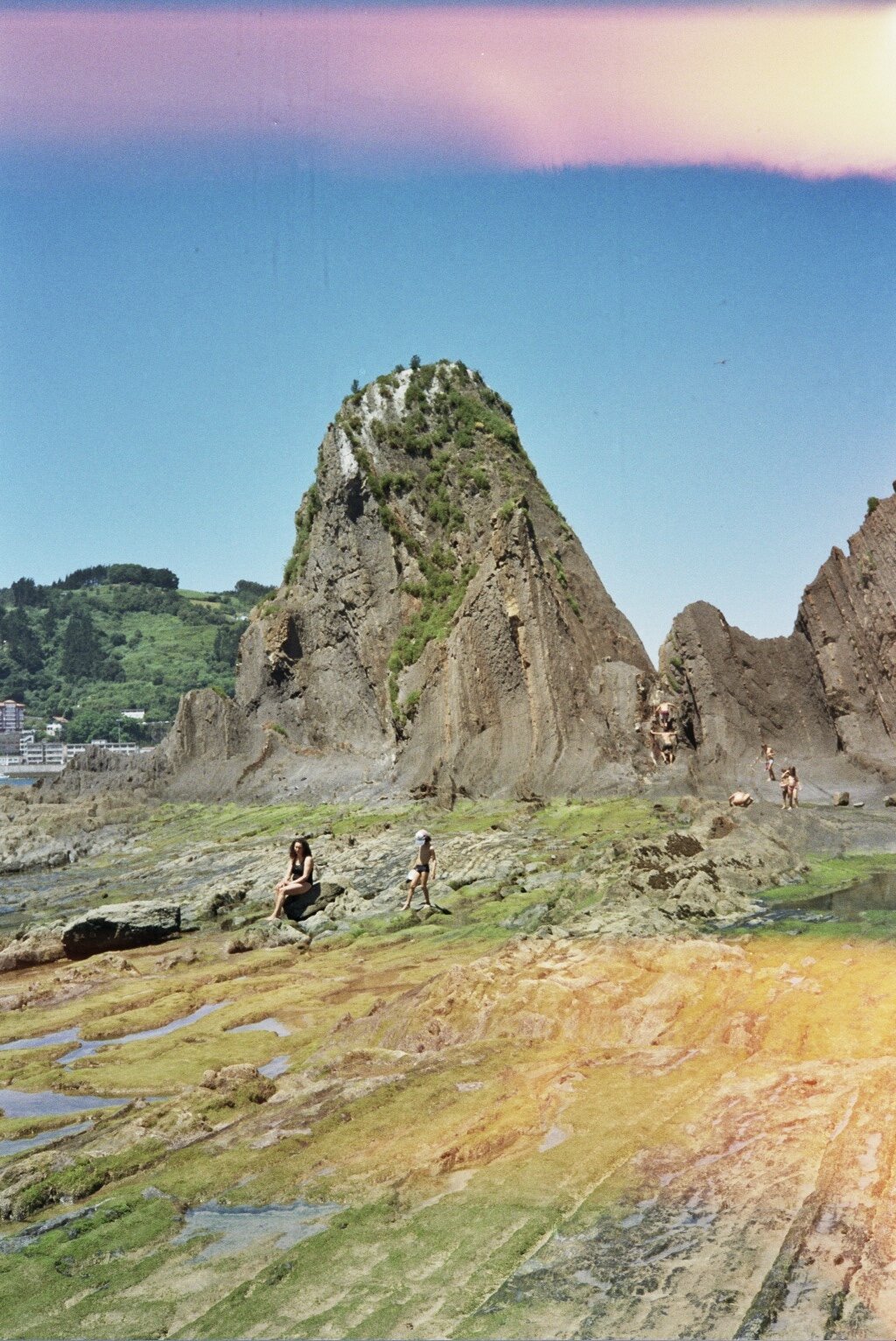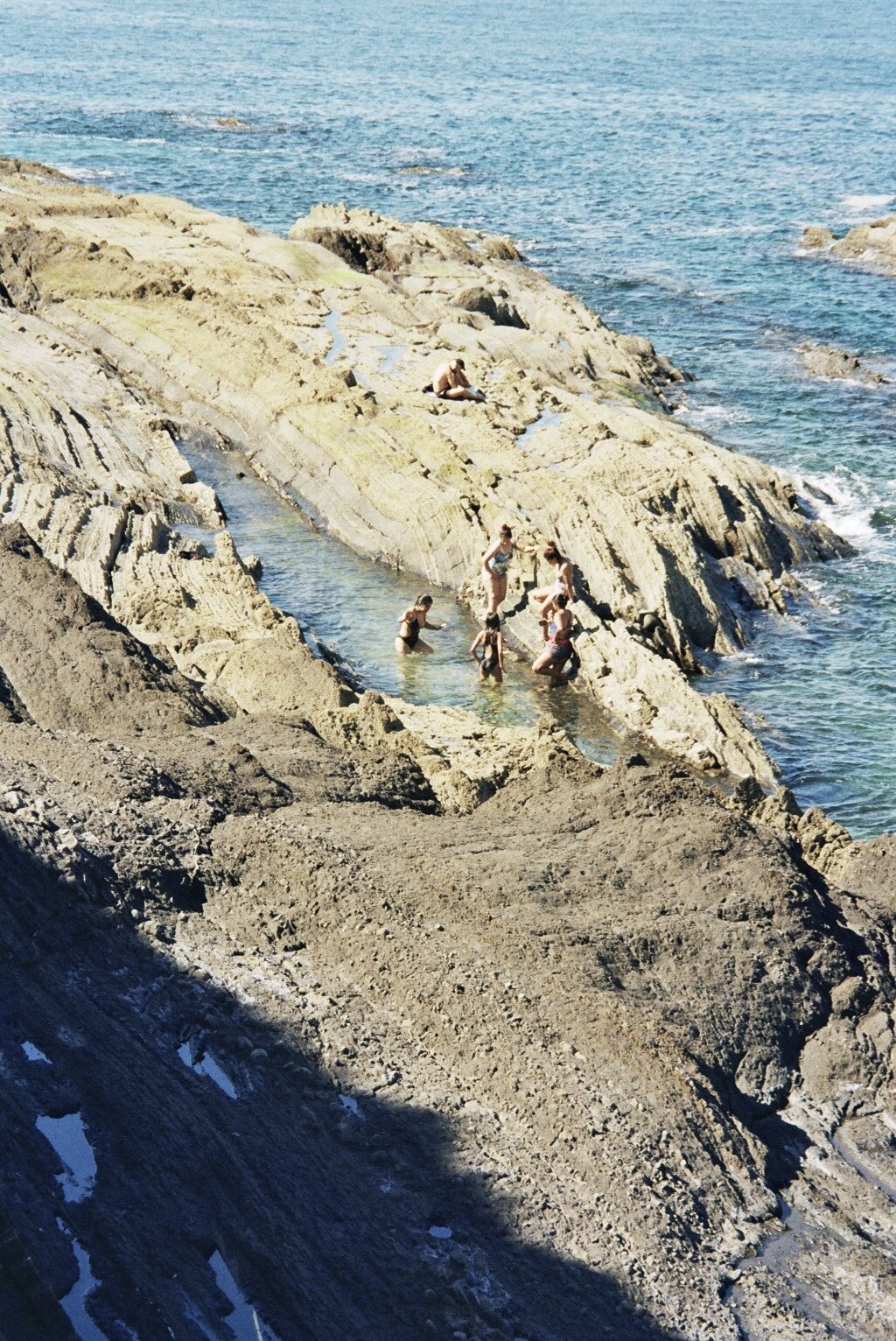SATURRARAN CAPE BY LOURDES DE LA SERNA
San Sebastian, Spain - February 2021
It’s funny how the nearest places has become our favorite gateways to happiness during the coronavirus pandemic. We often tend to think best spots are miles away from us, in other countries, other continents or other latitudes but I have recently learned that in the willingness to travel, as in life, you sometimes have to look around, in an analogical way, for discovering and enjoying the nearest real hidden treasures. The happiest places are usually close to us (and the people we love).
So, let’s start saying that me and my friends truly love beach. We spend our mild basque summers sharing meals, tanning creams, magazines, drinks, sunbaths and love in the golden sand of San Sebastian’s beach. Last summer, after the first pandemic lockdown in Spain and due to the reduction in mobility restrictions, our local beaches were crowded. So we had to be creative out-of-the-box-thinking planners of our few summer getaways.
In spite of being advised by my homies about its beauty and inner magic, I never thought Saturraran Cape would crashed me, shake me and shocked me the way it did. First thing I was fascinated with was, in fact, the roadway, which crosses one of the most beautiful coastlines in the world and works as the perfect prelude to paradise.
Paradise is, in fact, located on the west coast of Gipuzkoa, in a village called Mutriku, just 30 miles away from San Sebastián, and is part of a ravishing astonishing setting. Heavy swell reaches the beach that stands out because, as the story tells, two rocks have the shape of two lovers called Satur and Aran.
Paradoxically, Saturraran hasn’t been always a happy place. Designed as a luxury health resort in the second half of the XIX century and re-converted in seminary shortly after, Saturraran also hosted one of the biggest and cruelest women’s prison during Franco’s regime (1937-1944). Only the women identified as the most dangerous and rebellious ones were sent to this penitentiary facility that housed almost 700 women prisoners up in a place conceived for 170.
I truly think the dreams, passions, desires, sorrows and hurts of these women at a very, very, convulsed and difficult time have contribute to leave their mark and create the captivating female energy that can be felt on Saturraran.
In traditional Japanese aesthetics, wabi-sabi is a world view centered on the acceptance of transience and imperfection. The aesthetic is sometimes described as one of appreciating beauty that is "imperfect, impermanent, and incomplete" in nature. Curiously, that’s the way i would describe the particular aesthetic of my shots, which, in an unexpected parallelism, contain several unintentional chromatic fails and aberrations that complete the pictures.
Heavy, tough, raw, fascinating, painful but enlightening, huge and peaceful, that’s the kind of beauty that arises from Saturraran and I wanted to share with you, these are the colors and emotions that fill my new nearest happy place on earth.
Let's keep dreaming hard.


